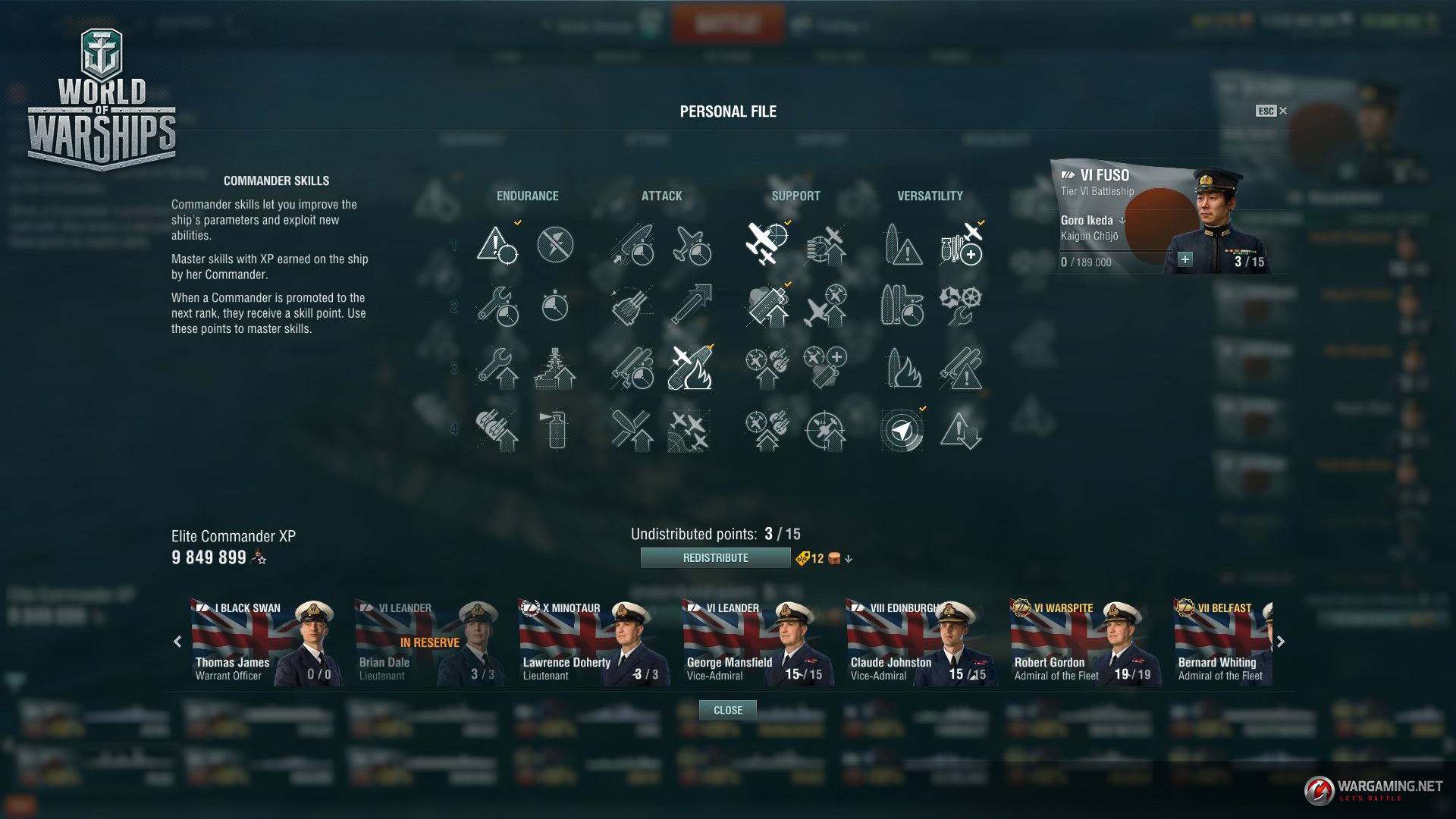

However, this example is an effective demonstration of our approach to ship limits in general.Īlthough statistics are very accurate and allow us to quickly find even minor deviations in the season’s meta, our scope when working on deciding on ship limitations is broader. These are, of course, simplified examples, since there are always going to be more than just 2 ships to choose from, and there may be several alternatives to them as well. Therefore, we will likely choose to impose a limit on Ship B and encourage teams to develop new strategies with other ships. Ship B outperforms the alternative in effectiveness, so her popularity, that is already very high, is unlikely to drop. In this case, a meta has clearly been established with little chance of it organically changing. Ship B appears in 90% of battles and has a 51.1% win rate.Ship A appears in 10% of battles and has a 40% win rate.Where we DO begin to see a problem is in this other example: In such a situation, even if the meta seems to be settled, it is likely to change soon, so we do not implement any limits. Likewise, it makes little sense to limit Ship B: despite its high win rate, only a small number of battles were played on it, so it’s not having a significant impact on the overall picture of the season. In this case, limiting Ship A would simply hasten the stagnation of the meta since Ship B will not have an effective alternative.

If we choose to limit Ship A based on its high popularity alone, its players will probably not bother organically searching for new, stronger options, and instead directly settle for Ship B. This most likely means that players will eventually migrate to different options. Judging by its win rate, Ship A is not giving teams a significant advantage in battle, despite its popularity. Ship B appears in 10% of battles and has a 60% win rate.Ship A appears in 90% of battles and has a 48.9% win rate.Let’s say ships A and B are standing out in our statistical analysis for two different reasons: It’s important to note that we only consider popularity and effectiveness together: if a ship is very popular but does not have an abnormally large win rate, or vice versa, we will not limit it. However, if this is the case, we keep a close eye on that particular ship’s performance and only introduce limits if the trend spreads to the other Leagues. If a ship is only proving very popular and efficient in one League, then we most likely will not limit it, as it does not significantly affect the big picture of the Season. This applies to most if not all Clan Battles Leagues. Our approach is quite simple: if a ship is turning out to be both very widely used and effective, we limit it. Win rate and popularity are the two most important statistics we look at for these types of decisions.


 0 kommentar(er)
0 kommentar(er)
